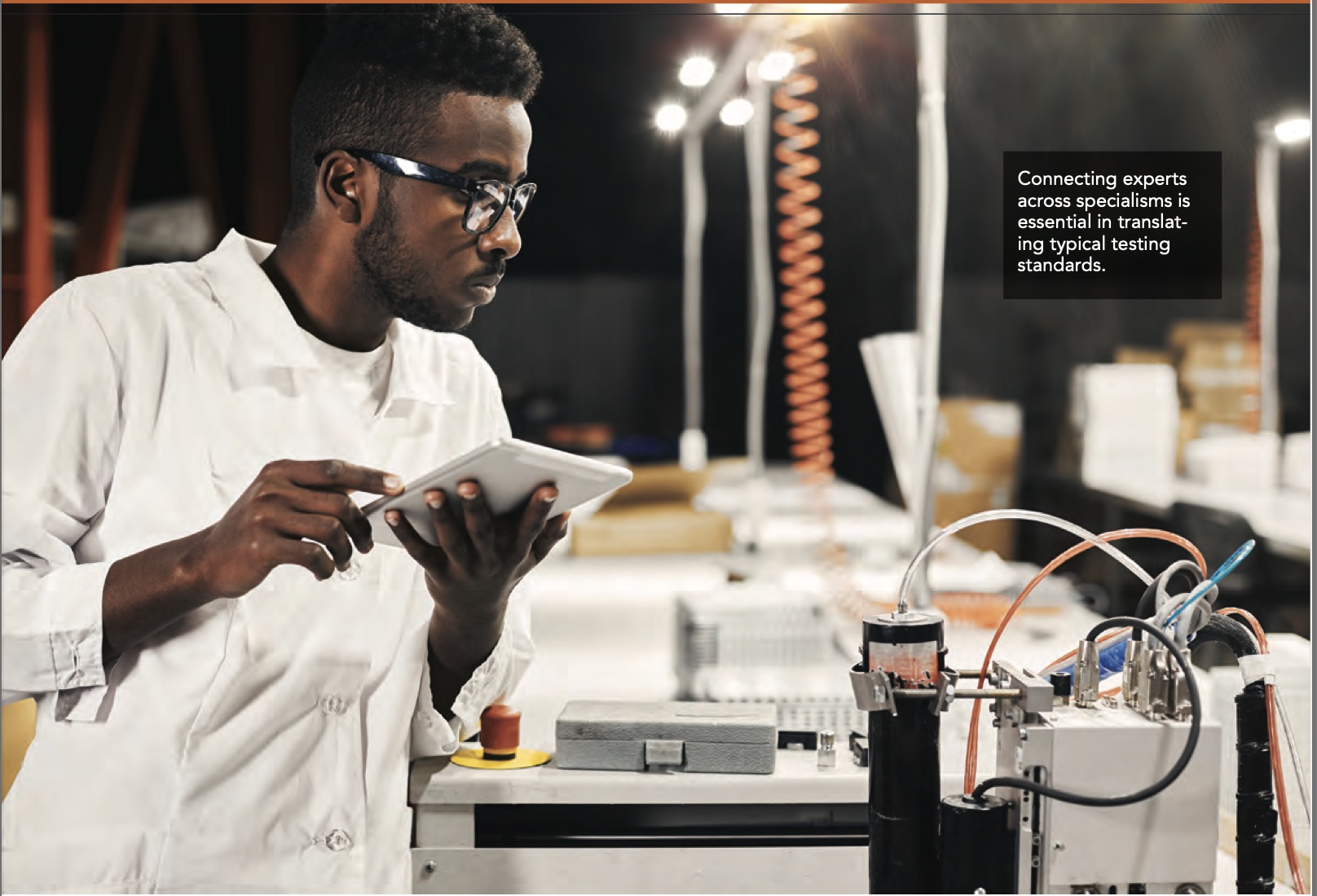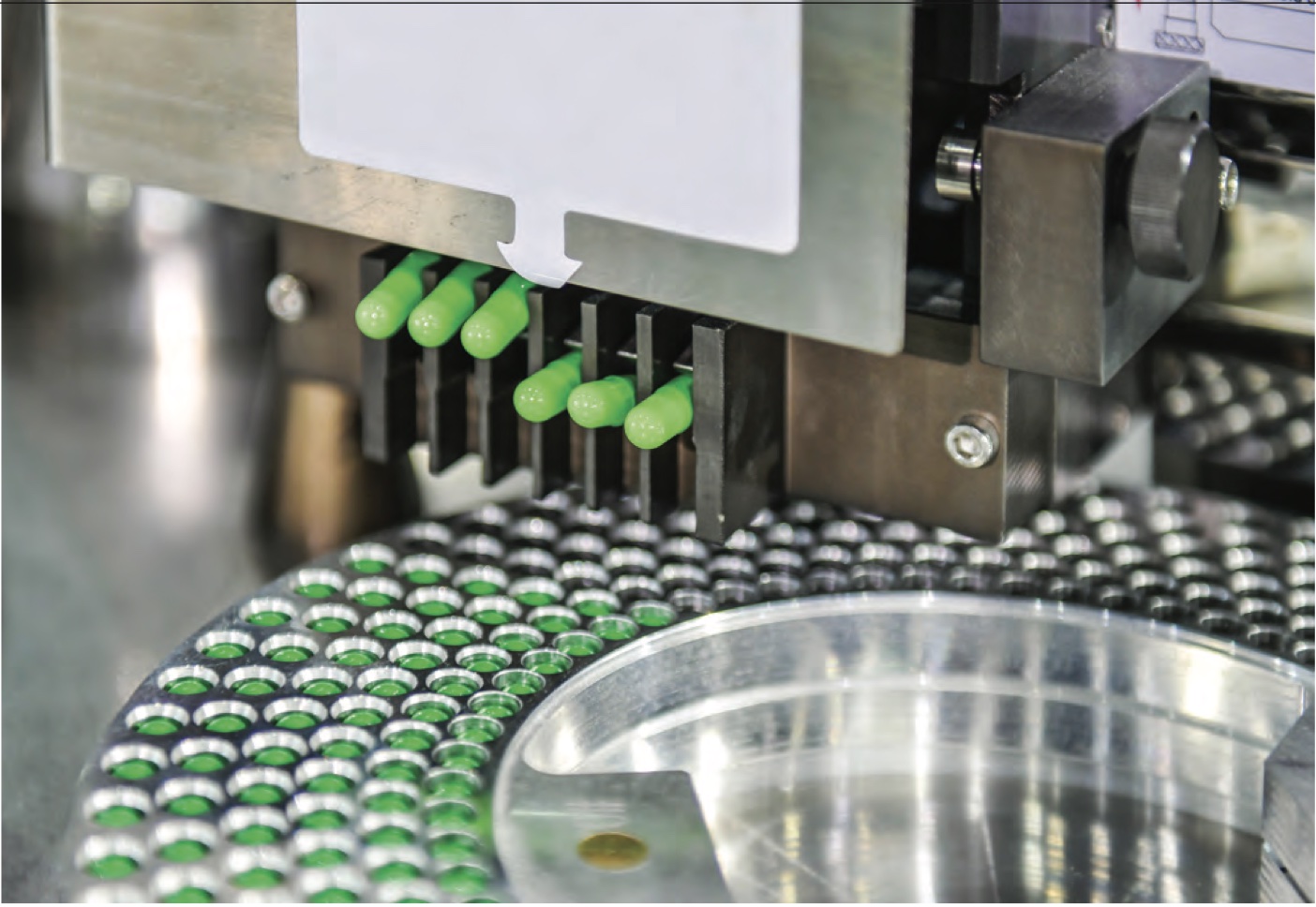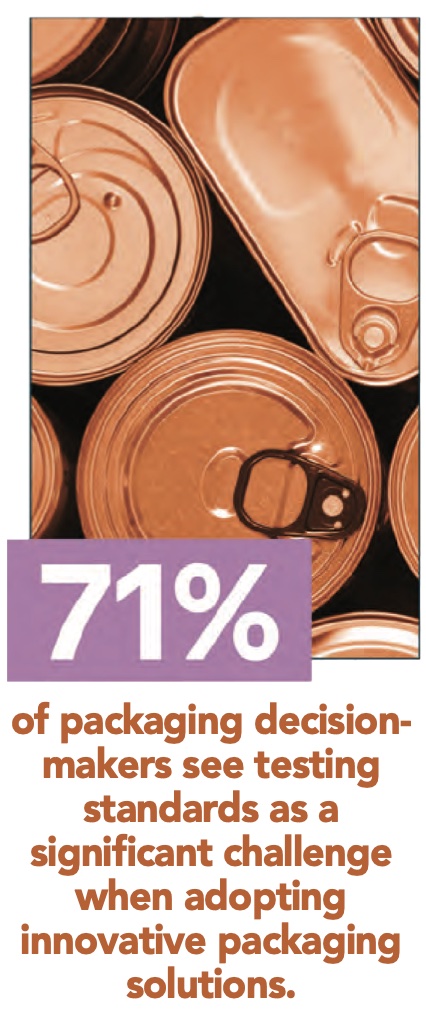Testing Standards a Significant Challenge in Packaging Development
- Published: September 18, 2023
The Implications of Innovation on Testing and Measurement
By Toby Lane, Product & Applications Manager, Industrial Physics

The global packaging industry is currently experiencing a significant level of transformation. In order to capture the first-hand experiences and attitudes of those operating within the industry, Industrial Physics conducted an international survey of packaging professionals within consumer goods, food and beverage, and medical and pharmaceutical industries.
The research revealed the strong, sector-wide appetite for packaging innovation, with almost all (96 percent) of packaging decision-makers agreeing that it is important for companies to explore new packaging developments.
It was highlighted that high demand for packaging innovation from those within the industry is motivated by ensuring the quality and safety of packaging. However, the company’s latest research also illustrated the pressure that packaging professionals are facing to overcome challenges around expertise and testing in the race to innovate and out-pace competitors for market share.
Applicability of Testing and Standards
Widespread innovation within the packaging industry is undeniably presenting opportunities for both manufacturers and customers seeking to differentiate their products for the end user. However, there are still complex challenges to be overcome to support the safe and structured development of new packaging products.
The global research uncovered that the four biggest challenges in testing new types of packaging are: The high cost of expertise (62 percent), limited testing facilities (48 percent), lack of in-house expertise (38 percent) and that current testing standards are not applicable (36 percent).
In fact, the professionals surveyed cited difficulty around testing and standards throughout the research in relation to innovation and development for packaging and materials. Across the sectors surveyed, almost three in four decision-makers (71 percent) agreed that testing standards are a significant challenge.
This implies a considerable threat where innovation is rife, but many manufacturers do not have access to the expertise and equipment required. As a result, new products are at risk of being developed without meeting the quality and safety standards required for their intended packaging applications.

If packaging is developed without the knowledge and means for testing, then there can be serious ramifications in sectors such as food and beverage where the packaging is a key determinant of whether the contents are fit for consumption when they reach the end user.
However, the perception that the current testing methods are not applicable today is less about the methods adopted and more about the innovation in materials being introduced. For example, recycled polymers are typically formed with a mix of recycled and virgin material. The level of processing that the recycled material has undergone will result in the material behaving differently under test conditions because of the reduction in average molecular chain length that occurs with each processing step.
Therefore, standardization proves challenging to establish, and characterization of the material becomes ever more complex — this is because its behavior is dependent on the prior working lifecycle of the recycled portion.
Therefore, despite obstacles to overcome in specific applications such as recycled polymers, at a broader level the testing methods that have been adopted across the industry remain just as applicable today in ensuring the quality and safety of packaging manufactured.
Where there are instances of new materials that behave differently and don’t have a bank of data or research for manufacturers to draw upon, identifying the expertise required to translate the practices of typical testing standards to the material is a challenge and often doesn’t translate to the wider industry unless collaboration is facilitated. Therefore, at an industry level, there needs to be greater collaboration between packaging professionals and industry bodies to ensure that standards and guidelines are developed in line with the industry’s pace and with as much insight as possible.
For businesses where the knowledge is not yet held internally and innovation is being stalled as a result, attending packaging and materials events is a great place to start — this allows experts to connect with other experts across different specialisms who can help.
 The Cost of Recyclability
The Cost of Recyclability
The research from Industrial Physics also demonstrated the significant focus for packaging professionals on:
- Reducing waste (57 percent);
- Improving sustainability (55 percent); and
- Increasing the recyclability of packaging (54 percent).
In the plight for greater recyclability, the exploration of new materials can also lead to a significant cost for businesses. Where recycled materials are adopted in packaging development, manufacturers face a greater level of defects and data sheets with greater variability.
As a result, the risk of batches not meeting standards and being rejected is increased. In addition to this, to guarantee quality and safety with an unpredictable material, businesses must employ a greater level of testing, which inherently incurs a considerable cost whether conducted in-house or if outsourced.
Despite these challenges, demand is only set to grow and there must be transformation to accommodate greater sustainability in the packaging industry beyond simply the materials developed. For example, there are multiple materials already used in packaging that could be made readily recyclable if the appropriate systems were put in place via cooperation, investment and infrastructure — the obvious example being thin-film plastics which are often rejected simply because they pose a risk of clogging machinery. There is also greater uniformity and information sharing required in the approach to recycling to improve and guarantee the success of waste reduction.
Getting Ahead
One of the greatest opportunities for packaging innovation in today’s landscape was identified in the research as the approach to testing and measurement. The sophistication of the testing equipment available today has made it easier than ever for businesses to manage the testing process internally without the requirement for a specialist user.
Furthermore, investing in the equipment to take the process in-house allows businesses to save time, increase agility and gain expertise. These benefits can help businesses accelerate a safe and structured approach to packaging development to meet innovation goals and gain a competitive advantage.
Author’s Note: The entire IP report can be found at here.
About the Author
Toby Lane earned a degree in Materials Science & Engineering with Business Management from the University of Birmingham. He has spent four years working in engineering roles within the Materials Testing industry — gaining experience that covers fatigue, fracture and, more recently, general polymer characterization. He supports the Ray-Ran product line at Industrial Physics, advising on customer applications and developing the range of test and inspection solutions within the plastics market.





